Menu
You can manage your membership and billing method by clicking here
Terms of Service
Privacy Policy
Copyright © 2024 Office of Immigration Australia, a private company registered in Australia. All Rights Reserved.

Checking membership status...
 EXCLUSIVE MEMBERS ONLY ACCESS
EXCLUSIVE MEMBERS ONLY ACCESSTo access this month’s edition & Member’s only resources, enter your registered email address.
Exclusive Australian Immigration News, Updates & Opportunities
February 2022
This bulletin is for members only, and provides our members with month to month updates on Australian immigration policy changes and consequential opportunities. Opportunities are found via federal and state government policy shifts for the demand and supply for certain occupations.
This bulletin will keep you up to date so that you do not have to employ expensive immigration lawyers to provide you with monthly research.
February is here and 2022 is well and truly underway! After the 21-month border closure, December and January marked the return of Skilled Migrant Professionals and international students. This month, Australia now seeks to ramp up migration as part of its economic recovery from the COVID-19 pandemic.
The Australian government has already introduced a number of visa changes throughout the pandemic and will continue to review visa settings to support Australia’s economic recovery. The government said these changes would be implemented “progressively” from 1 December 2021 to 1 July 2022. Additionally, the Treasury’s mid-year economic update, released earlier last month, shows that net overseas migration is expected to now double in 2022 & 2023.
This month in ‘economic news’, Australian businesses continue to face significant skilled labour shortages. Businesses had been trying to hire almost 400,000 workers to fill vacant positions even before the omicron virus wave amplified the labour shortage, causing businesses to close or to reduce operating hours. Simply put, there has never been this many jobs available at the same time. A survey has showed that the most common types of labour shortages are trade workers and skilled professionals. A leading economist has voiced that an extra one million people is what is needed to help the whole Australian economy.
This month in ‘state news’, the Australian Capital Territory (ACT) Skilled Migration Program is now officially Open to Offshore Applicants as of 12th January 2022. The ACT now joins South Australia, Tasmania and New South Wales who are also currently open to offshore applicants.
As of 1st February 2022, the Priority Migration Skilled Occupation List (PMSOL) remains in effect + the federal government has announced that visa charges will be waived (rebated) for international students and working holiday makers.
All this and much more in the February issue of The Australian Immigration Bulletin! Let’s take a deeper look at what has happened so far and what is planned for the remainder of February 2022 in Australian Immigration, so that you can start planning!
As legislation and travel requirements are constantly changing, we strongly recommend obtaining advice on your individual situation from a Registered Migration Agent.
Please click here to book a consultation with one of our Registered Australian Migration Agents, located in Australia.

As we’ve entered the 2nd month of the new year, join us for a look at the latest news and developments in the world of Australian Immigration!
We asked those who have established themselves with skilled jobs to share their experience and tips for a career in Australia.

Kelly got her first job in her skill background, which was accounting, but without even an interview! How could she get it? Here is Kelly’s story.
“My story was not a typical one. Because my employer is my best friend’s ex-boyfriend. Well, I knew him for a long time when he was still with my friend. After they broke up, we still kept in touch.
2 years ago, he planned to open his own company in Tasmania and he was looking for an accountant. He searched all his friends who studied accounting and thought of me. I received his phone call asking: ‘would you want a job?’
I said ‘yes, why not?’
Then I was offered a job without preparing my CV or attending an interview. It happened just like a dream. At that time, I was still in my last year of Bachelor of accounting at the University of Tasmania.
“It is a start-up company and my job is a part-time accountant with 10-15 hours per week. Actually, I also work as the reception, administration and communicator. The job is quite challenging because I have no experience and have to learn everything by myself. I have learnt a lot from experience but am still worried for every task.”
Kelly has been attending Career Coaching in MRC since July. After 2 years of working, now it comes to her first time of preparing a CV and cover letter. She is looking for a full-time job as an accountant and with a bigger company.
“MRC helped me a lot with my CV. Before I attend the Career Coaching session, I prepared a CV with 5-6 pages. But volunteer David helped me shorten it into 2 pages with more specific details in my area. I also learned some interview skills from this program. Now I am quite positive with my job hunting.”
Kelly’s advice for those who are still looking for a job:
“Networking is quite important. You never know whether your next employer could be your friend’s EX!”

As Australia seeks to ramp up migration as part of its economic recovery from the COVID-19 pandemic, here is a round-up of some of the major immigration changes that have been announced.
Migration to Australia has fallen starkly since the beginning of the COVID-19 pandemic due to widespread travel bans and border closures, but it is expected to bounce back in 2022.
That’s according to the Treasury’s mid-year economic update, released earlier this month, which shows that net overseas migration is expected to now double in 2022-23.
Australia’s migration program is set annually and runs from 1 July to 30 June each financial year.
Australia’s borders reopened to eligible international students and certain skilled visa holders on 15 December 2021 – almost six months earlier than forecast in the federal budget.
“The government has already introduced a number of visa changes throughout the pandemic and will continue to review visa settings to support Australia’s economic recovery,” a spokesperson for the Department of Home Affairs said.
The department spokesperson said the changes announced on 25 November 2021 will be implemented progressively from December 2021 through to 1 July 2022.
Temporary graduate visa holders stranded offshore and unable to travel to Australia due to the pandemic will be also able to apply for a replacement visa.
The government said in November the concession would allow current or former temporary graduate (subclass 485) visa holders whose visas expired on or after 1 February 2020 to re-apply for a new visa of the same duration from 1 July 2022.
The 485 visas are offered to recently graduated international students with skills in specific occupations aimed at allowing them to continue to work in Australia.
There will be other changes to temporary graduate visa settings, including an increase to the stay period on the 485 visa for Masters by Coursework graduates from two to three years, and from 18 to 24 months for the Graduate Work stream.
The government said these changes would be implemented “progressively” from 1 December 2021 to 1 July 2022, with further details expected on the department’s website.
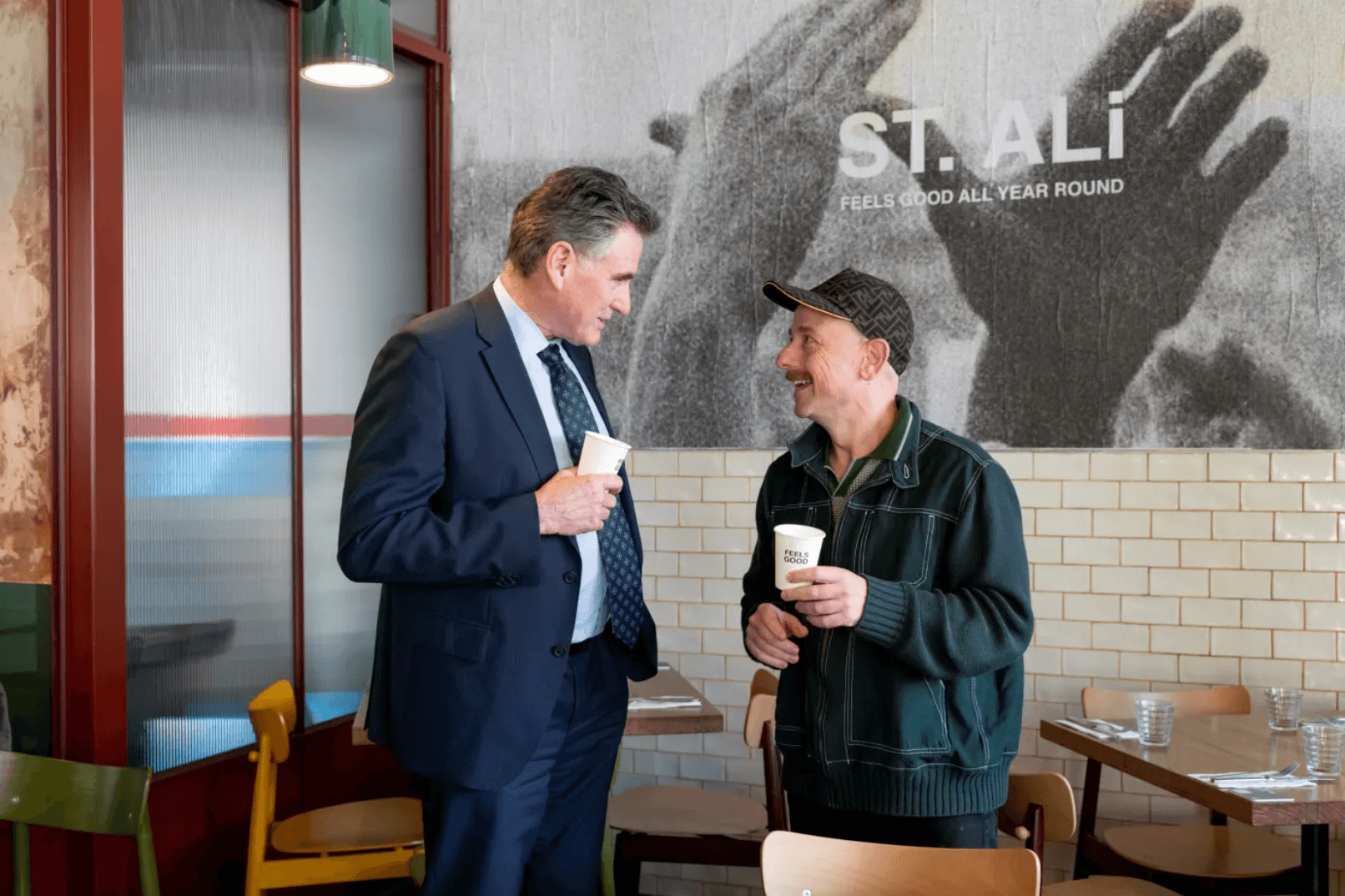
National Australia Bank (NAB) chief executive Ross McEwan has called on the government to fully open borders to fill labour shortages or risk crimping Australia’s economic recovery.
A NAB business insight survey revealed about four in 10 businesses are suffering “very significant” impacts from labour shortages, with little confidence the issue will be resolved in the next 12 months. Mr McEwan said bringing talent into Australia will be the key to rebooting the economy.
“To get the economy really firing we will need to bring people into Australia and make sure, as a nation, we’re building a skilled workforce for the future,” Mr McEwan said.
The survey of 1600 Australian businesses across a broad range of sectors showed nearly four in 10 medium (38 per cent) and large (37 per cent) firms said labour shortages are a very significant issue, while around a third (31 per cent) of small businesses agreed.
“Australian businesses are facing significant skilled and unskilled labour shortages. Almost every employer I talk to, from cafes, tourism, agriculture, and manufacturing, is saying ‘we can’t get workers’,” Mr McEwan said.
The survey showed trade workers (35 per cent) and professionals (32 per cent) are the most common types of labour shortages.
NAB said respondents had a clear message, echoing Mr McEwans comments about easing restrictions on travel domestically and abroad. More than half of respondents said opening borders – both state (56 per cent) and international (52 per cent) – would resolve the issue, with 45 per cent calling for increased immigration.
While the mining and manufacturing sectors predicted some easing in shortages over the coming 12 months, all other industries are expecting things to get worse. Of those surveyed from transport and storage, for example, 40 per cent predicted very significant effects would be felt in 2022, versus 30 per cent in the three months to mid-December 2021. Construction and retail respondents also tipped a worsening in shortages.
Of the states, Western Australia, where Premier Mark McGowan has vowed to reopen borders on February 5, saw the highest percentage of businesses (44 per cent) citing very significant shortages over the past three months. A staggering 82 per cent of WA respondents said reopening state borders would have the biggest impact on their businesses, while 63 per cent of Queensland respondents said the same.
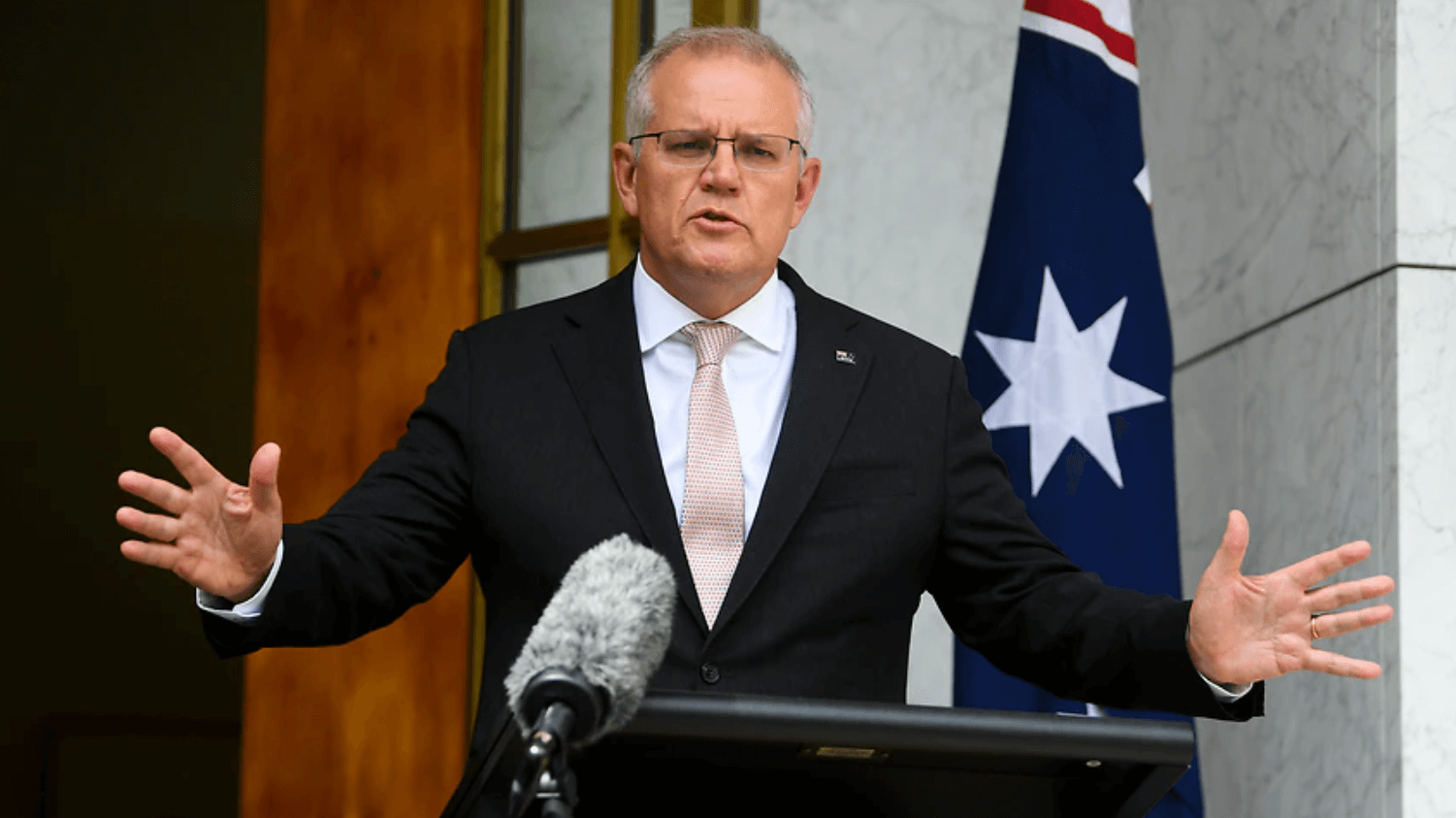
Prime Minister Scott Morrison has issued a call for international students and working holiday makers to “come on down” to Australia as the nation grapples with workforce shortages.
International students and working holiday makers who arrive in Australia from today will have their visa application fees rebated as part of an effort to encourage more to enter the country.
Prime Minister Scott Morrison announced the changes would be in place for eight weeks as the nation grapples with workforce shortages caused by the spread of the Omicron variant.
“What we’ll be doing is we will be rebating the visa application fees from all those who arrive,” he told reporters.
He called on the visa holders to consider coming to Australia as soon as possible.
“My message to them is come on down,” he said.
“We want you to come to Australia and enjoy a holiday here in Australia – move all the way around the country and, at the same time, join our workforce.”
Treasurer Josh Frydenberg said he hoped changes to the application fees would make a “big difference” to addressing ongoing workforce shortages.
He said Australia was putting out the welcome mat to 175,000 students and working holiday makers to come to the country.
The federal government is also delivering $3 million to Tourism Australia to support a marketing program targeting backpackers and students.
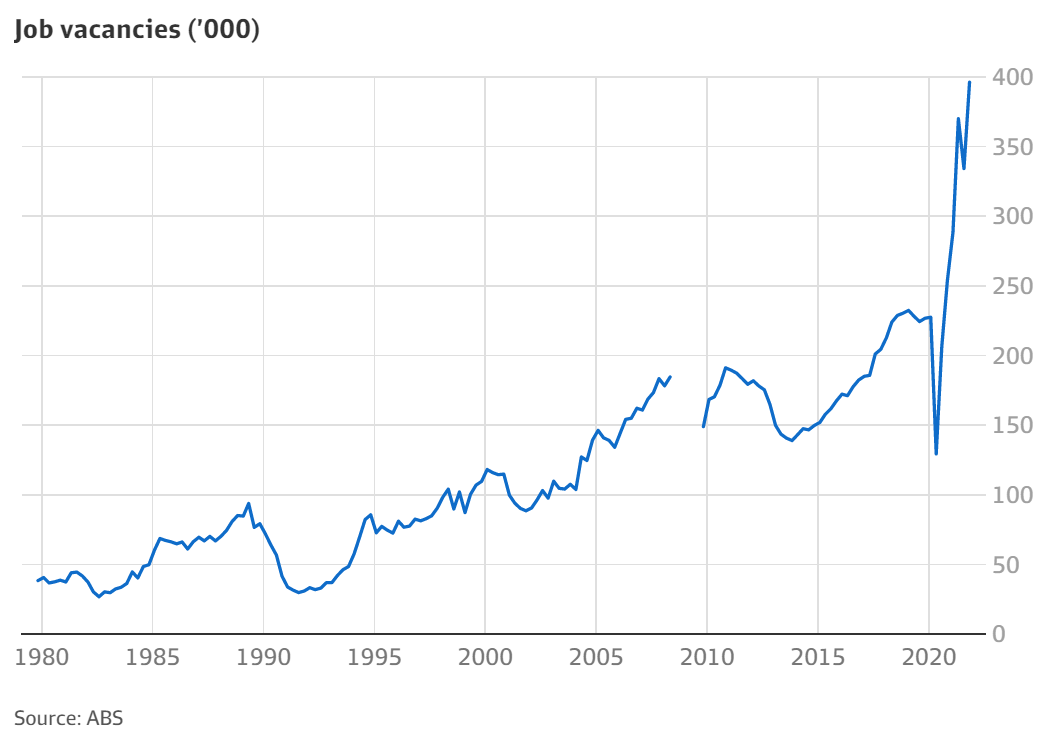
Businesses had been trying to hire almost 400,000 workers to fill vacant positions even before the omicron virus wave amplified the labour shortage, causing stores to close and reduce operating hours.
Job vacancies rose 18.5 per cent to hit a record of 396,100 in the three months to November 30 as employers embarked on a hiring spree at the end of the delta lockdowns in NSW, Victoria and the ACT, the Australian Bureau of Statistics reported on Wednesday.
Healthcare and social assistance (60,200 vacancies), accommodation and food services (45,800), administration (39,900), professional and scientific services (37,100) and manufacturing (29,500) were crying out for more workers.
The closure of the border to foreign visa holders until December 15 last year exacerbated skills shortages and helped the unemployment rate to fall to 4.6 per cent by November.
Commonwealth Bank of Australia senior economist Belinda Allen said the labour market had been in a strong position approaching the end of last year.
“It is still early days on the possible impact of the omicron outbreak on the labour market, but with staff shortages clearly evident, businesses may be reluctant to shed staff if demand slows given the shortages in the labour market,” she said.
Staff quitting to take other jobs, increased workloads and business expansions were the major reasons given for the vacancies.
ABS head of labour statistics Bjorn Jarvis said vacancies continued to break records through the pandemic.
“These figures continue to show the high demand for workers from businesses emerging from lockdowns, together with ongoing labour shortages,” he said.
“The number of job vacancies in November was around 74 per cent higher than it was before the start of the pandemic.”
NSW and Victoria accounted for three in four new vacancies in November, reflecting a planned hiring spree following the end of the delta lockdowns.
The data was published as Prime Minister Scott Morrison and senior government ministers held emergency talks with business groups about how to ease chronic labour shortages caused by large numbers of workers testing positive to COVID-19 or being deemed a close contact of a positive case and being required to isolate for a week.
Governments will allow close contacts in the food and grocery distribution sector and emergency services to return to work, if they have no COVID-19 symptoms and test negative to the virus.
Business groups want the concessions extended for close contacts in other industries, but have warned that a shortage of rapid virus tests will hamper efforts for staff to safely return to work.
Minister for Families and Social Services Anne Ruston urged unemployed people and retired workers to help fill the temporary workforce shortages caused by the omicron variant.
“Many older Australians, I’m sure, would be happy to do a few extra hours’ work to help out, and anybody who is currently on unemployment benefits who can work we’d be really keen for them to undertake some really active investigation about how they can help out with these workforce shortages,” she said.
Callam Pickering, economist at global job site ‘Indeed’, said job creation had been incredibly strong before Christmas.
“Quite simply, there has never been this many jobs available at the same time,” he said.
“High vacancies are a great sign for future employment, with strong demand for talent translating into employment growth, tighter labour market conditions and often higher wages.
“Although omicron complicates things, this still appears to be a very favourable labour market for job seekers.
“They have more bargaining power to ask for higher wages or better conditions or the ability to work remotely. It gives them more choice in where and how they work.”
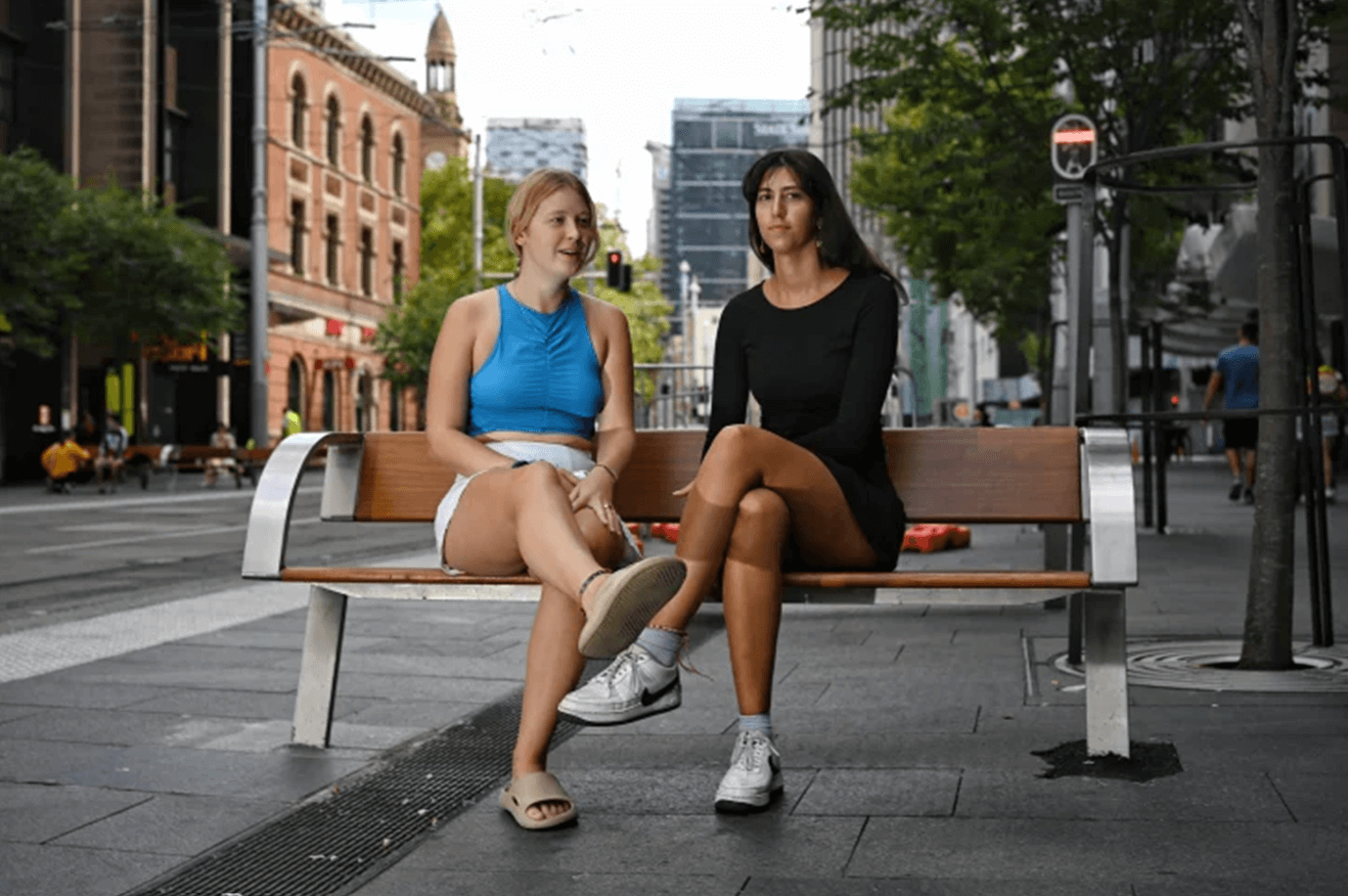
More than 2000 foreign backpackers have arrived in Australia in the first five weeks since border restrictions were lifted in mid-December with hospitality venues eagerly trying to secure their services amid staff shortages.
The federal government recently announced that it would refund the $495 visa fee for working holidaymakers who arrive in the next three months to try and stimulate demand. New data from the Department of Home Affairs shows how few backpackers are arriving, compared to pre-pandemic.
There were 19,109 working holidaymakers in Australia on January 8, compared to 49,542 a year ago and 141,142 two years ago.
Since the borders opened on December 15 to backpackers, 2032 working holiday visa holders have arrived. There are another 23,494 people with valid visas outside Australia, and the government hopes the refund scheme will hasten their plans.
German backpackers Milena Roytenberg and Goja Rabe, both 19, arrived in Sydney after waiting nine months to come to Australia. The pair plan to stay here for two years, working in hospitality and travelling.
“Right now we’re looking for a job,” Ms Roytenberg said. “We just arrived and we asked a friend from reception – she said the Opera [House] is a really good place. We just asked today and they said you can come tomorrow [for an interview].”
Ms Roytenberg said she’s excited about being here, despite hearing how Australia was “all closed and really strict” last year.
“It was really frustrating [waiting for borders to open]. We waited in Germany for about four months, then it was really boring because of the lockdown, so we went to Mexico because the borders were open.
“We want to make a road trip after a few months, maybe to Byron Bay or Melbourne and see some new places.”
There was a spike in backpacker visas issued in December leading up to the border opening. Between December 1 and 15, immigration authorities granted 12,681 visas, compared to an average of 1200 a month between July and November.
While the backpacker market is slow to rebound, hostel staff are enjoying hearing foreign accents again after bookings plummeted during the border closures.
Anna Menting, operations manager at Somerville Hospitality which runs Sydney Backpackers, said she has more bookings for March and April than for February.
“Pre-COVID during Christmas, New Year and Mardi Gras we were fully booked – people would ask if they could come sleep in the foyer in sleeping bags. There were more backpackers than we had beds. I reckon it’ll take six to 10 months to properly recover,” she said.
Ms Menting said she gets daily messages from restaurants and cafes asking if the hostel has any backpackers looking for work.
“On the backpacker groups on Facebook you can see a lot of people stressing out about it. [But] you arrive and get a job on the day,” she said.
“I think it’s the best time ever to come because we’re in summer, Sydney’s raining jobs, it’s not too busy and everyone is fighting for [workers].”
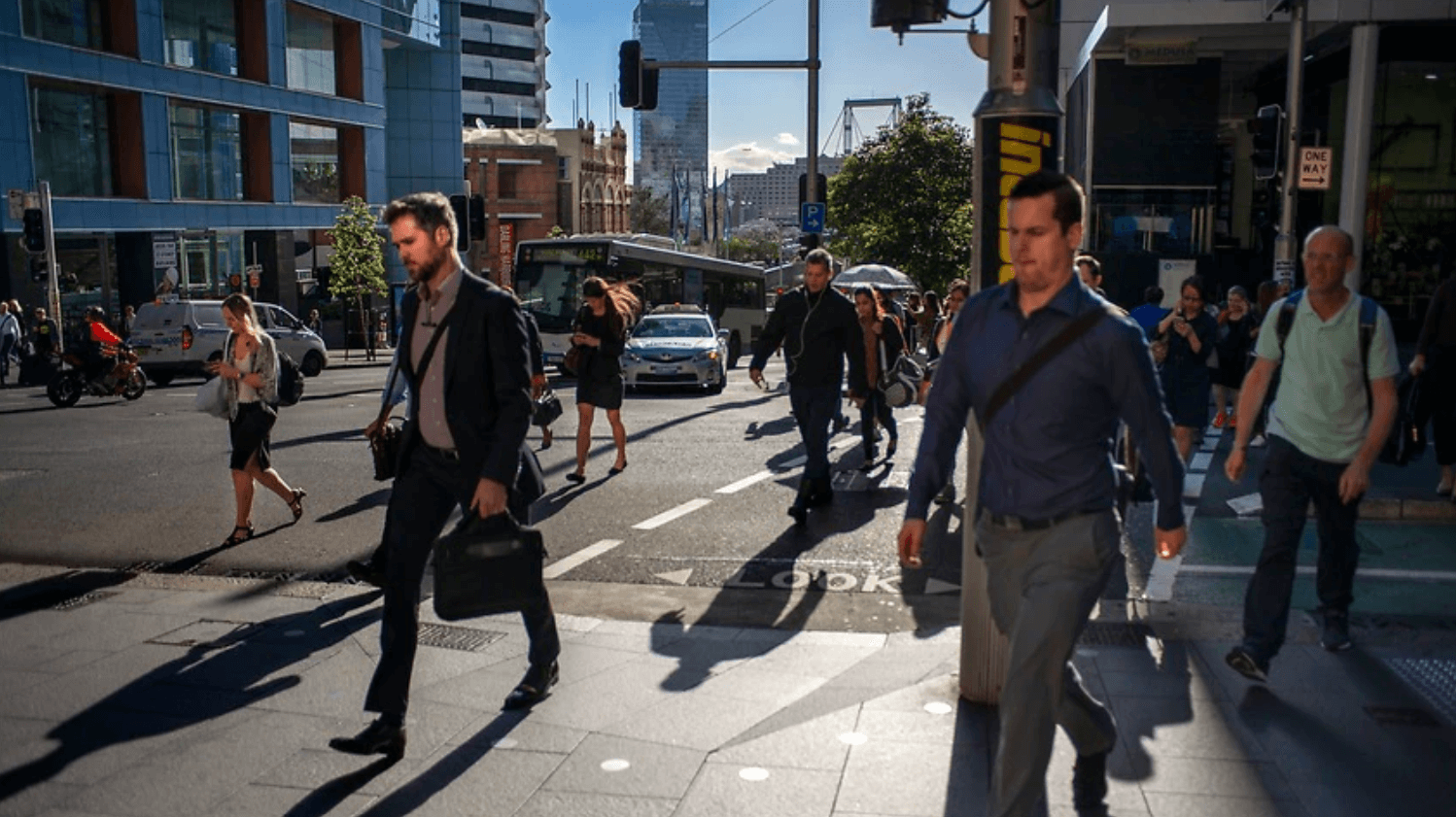
Australia should do more to attract skilled migrants a leading economist says.
A trickle of migrants to Australia might be just enough to keep house prices in the black but an extra million people would help the whole economy, a leading economist said.
“In a competitive global market, post-pandemic, it will be one thing to decide to increase skilled migration and another to achieve it,” KPMG chief economist Brendan Rynne warned in new research.
“During the pandemic, we have suffered a significant decline in foreign migrants settling in Australia such that our net overseas migration numbers have turned strongly negative – the first time since the end of World War II,” Dr Rynne said.
The latest official population data suggests net overseas migration will remain negative this financial year before slowly recovering to 235,000 per year from 2024-25.
This will leave the population around 700,000 less in 2025 than was expected before the pandemic.
Net overseas migration added about 10 per cent to Australia’s population over the more normal 10 years to 2019.
But if Australia wanted to match that 10 per cent growth trajectory in the population through international migration, almost another million people would need to be added to official forecasts, Dr Rynne said.
If met, Australia’s GDP would be around $120 billion higher by the end of 2028-29, for an economy 4.4 per cent larger, he said.
The Department of Home Affairs has identified 44 occupations as critical skills needed to support Australia’s response to the COVID-19 pandemic and economic recovery. These occupations will be assessed ahead of other applications.
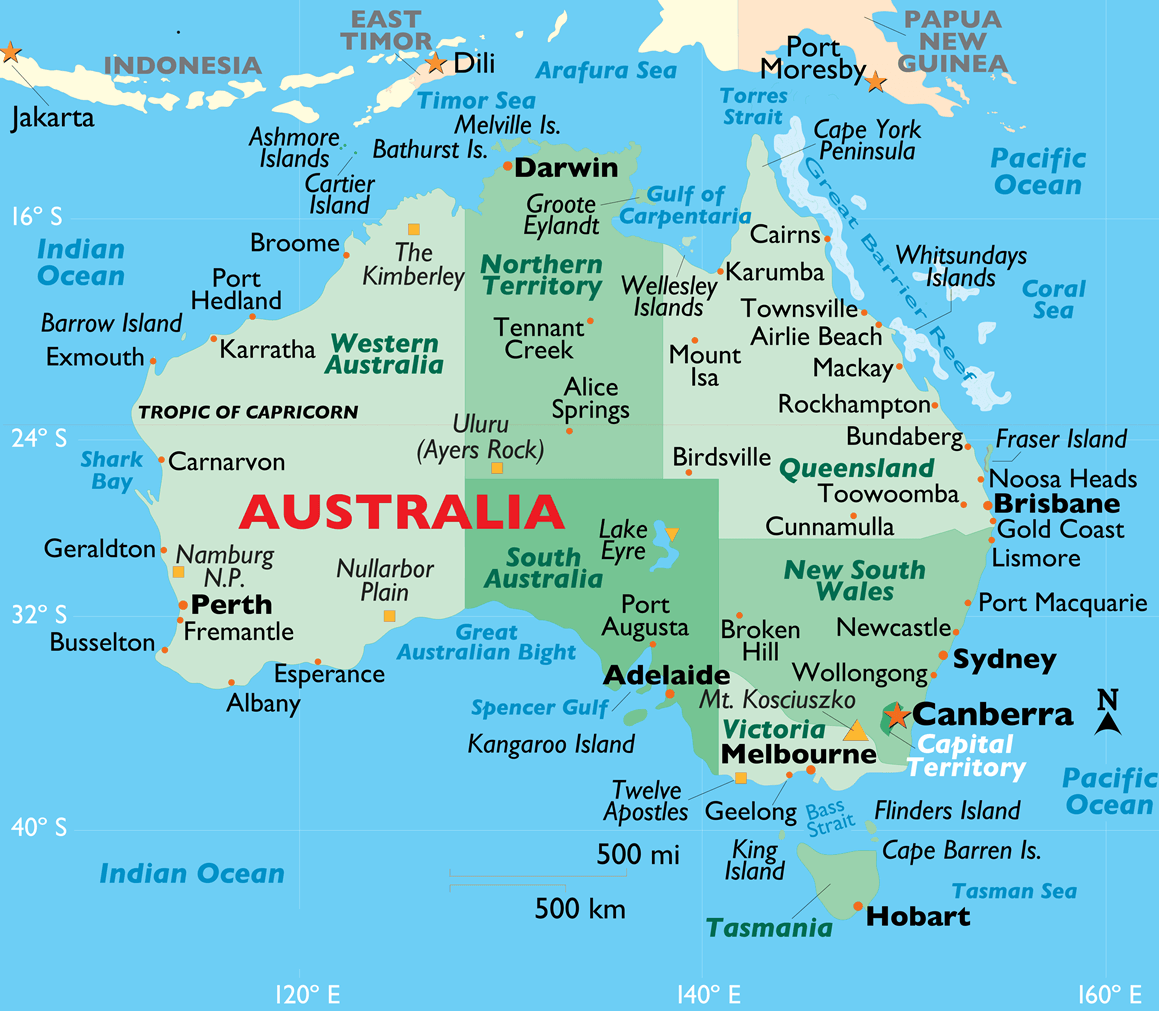
In view of the global pandemic, the Australian government during 2020 and 2021 imposed some temporary travel restrictions. Now various states of Australia have started issuing invitations and nominating the candidates for skilled migration.
Australia has a point-based system for skilled migration. The Australian State and Territory government programs have two ‘point-tested categories’, being;
● Skilled Nominated- Subclass 190
● Skilled Work Regional (Provisional)- Subclass 491
The ‘Skilled Nominated- Subclass 190’ is a points-tested permanent category for skilled workers who are nominated by an Australian State or Territory government. The ‘Skilled Nominated- Subclass 190’ enables skilled workers and their families to live, work and/or study in Australia indefinitely with full work rights. You would generally be expected to reside for 2 years in the State or Territory which nominated you.
The ‘Skilled Work Regional (Provisional)- Subclass 491’ is a points-tested temporary category for skilled workers who are nominated by an Australian State or Territory government. The ‘Skilled Work Regional (Provisional)- subclass 491’ enables skilled workers and their families to live, work and/or study in regional areas of Australia for up to five years. This nomination then provides pathways to permanent residency after three years. For migration purposes, most locations of Australia outside of major cities (Sydney, Melbourne, Brisbane, Perth, etc.) are classed as regional areas.
Key requirements for an Australian State or Territory Government immigration nomination:
To apply for either of these nominations, ‘Skilled Nominated- Subclass 190’ or
‘Skilled Work Regional (Provisional)- Subclass 491’, you will still need to lodge an Expression of Interest (EOI).
When deciding whether to nominate an applicant, state or territory nominating agencies refer to their own criteria, which vary from state to state. As a starting point, all applicants must show they have an occupation on the relevant state or territory occupation list, and that they have a genuine intention to reside in that state or territory.
State and territory agencies offer a number of different ‘streams’ and generally cater to offshore skilled applicants, onshore skilled applicants, and recent tertiary graduates. Some states also provide options for small business owners, or applicants with family living in the state or territory.
Please note, the below is information on general requirements and does not take into account any of your personal circumstances. You must check the State/Territory information carefully to ensure you can meet all the requirements for nomination.
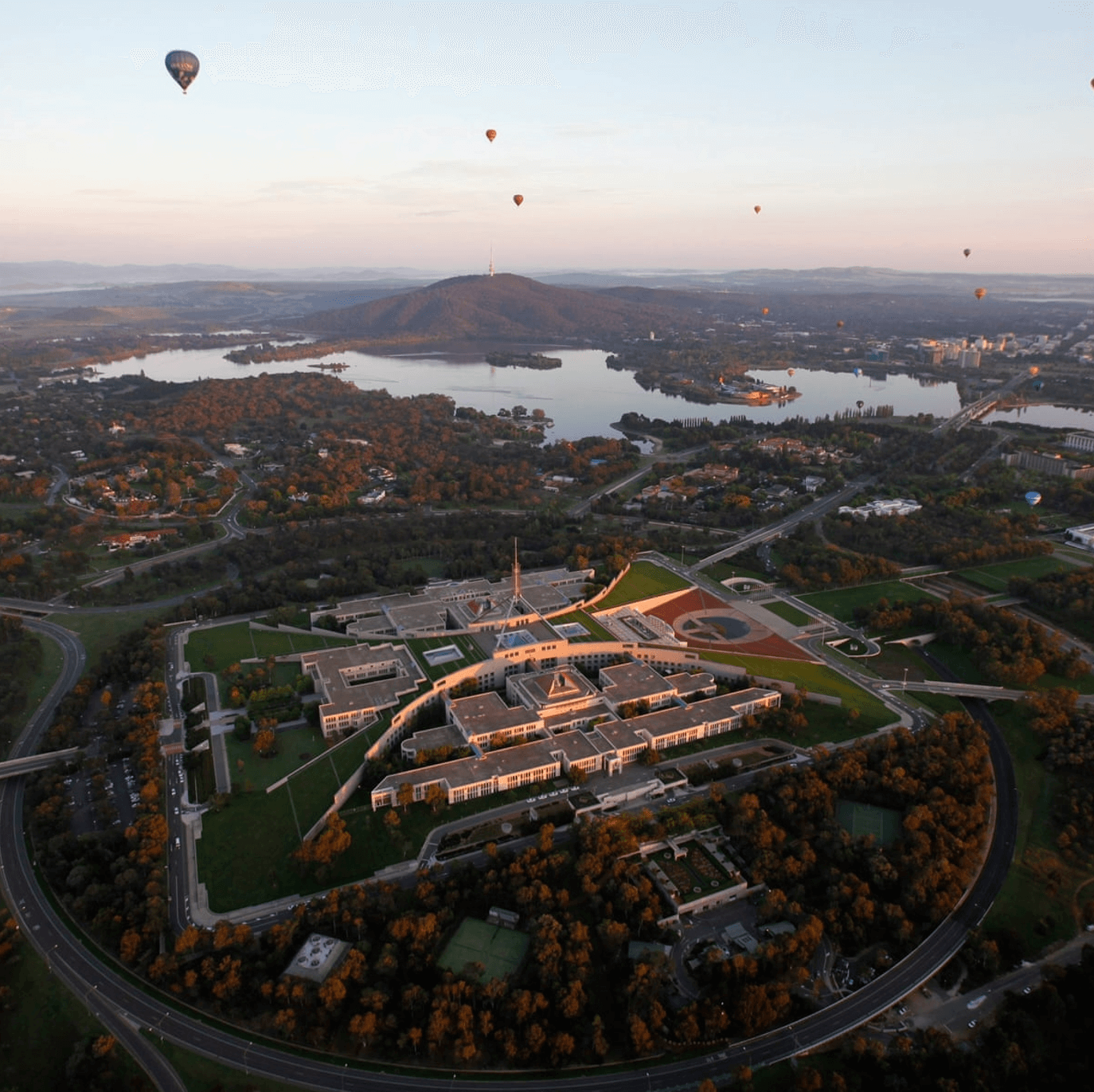
The ACT Critical Skills List identifies the occupations in current demand in the ACT. This List is important if you want to apply for ACT nomination for either a:
The ACT Government will update this list every four months to make sure that the ACT Skilled Migration Program adapts and responds to the evolving critical skills needs of the ACT economy.
The Canberra Matrix is weighted to ensure that applicants who will make a positive economic contribution to the Territory and/or have demonstrated a genuine commitment to the ACT are more likely to be ranked and invited to apply for ACT nomination.
*ACT nomination does not guarantee a migration outcome. You must still meet the Department of Home Affairs criteria.
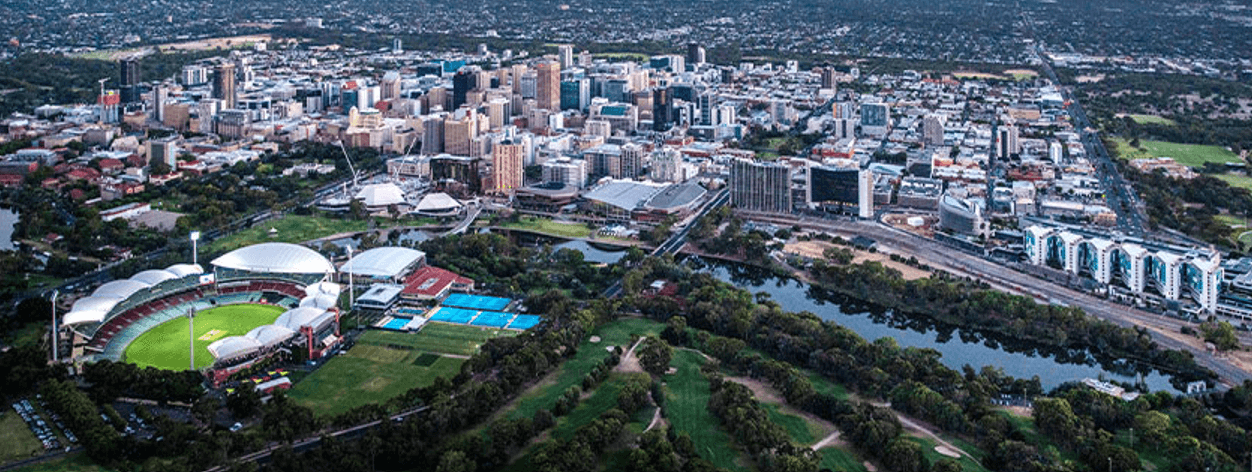
To manage South Australia’s COVID recovery response, applicants currently residing offshore are still able to apply.
Depending on your occupation and situation, there are two state nomination options available for skilled migrants through South Australia.
For South Australian state nomination, prospective applicants must meet the Department of Home Affairs requirements, state-specific occupation requirements and have skills in an occupation that is available on the South Australian Skilled Occupation List. Offshore applicants meeting the minimum published requirements can now lodge a Registration of Interest (ROI).
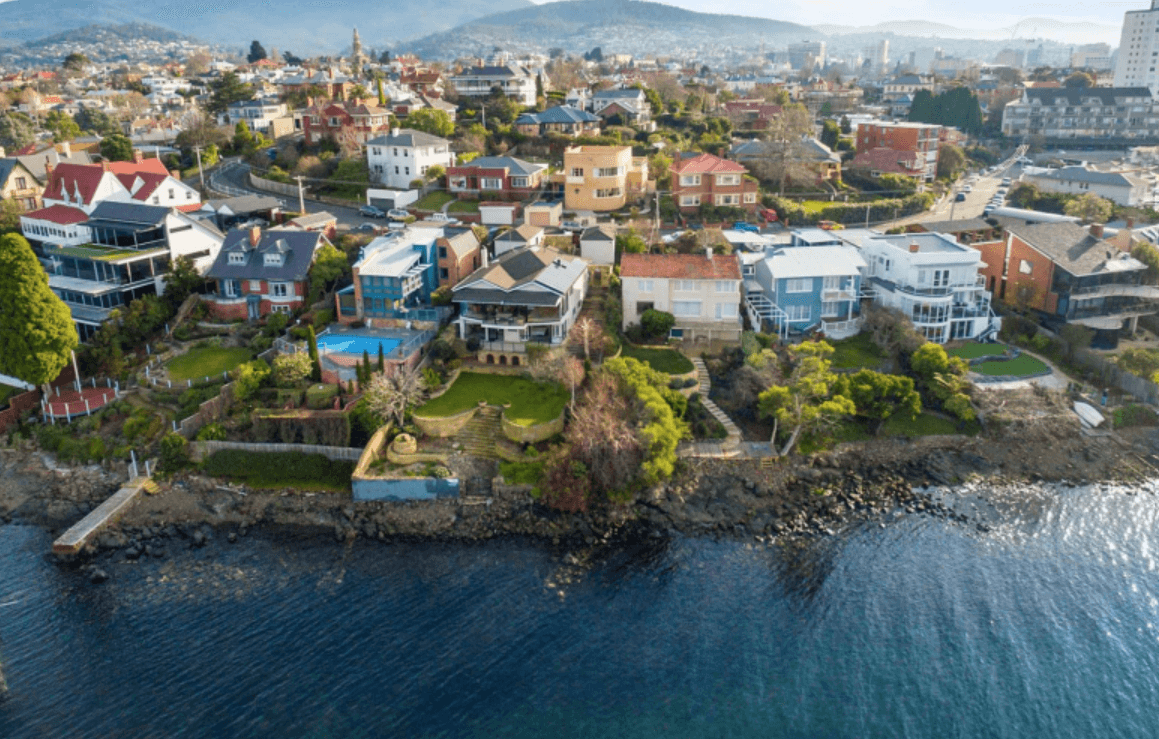
Changes to nomination requirements:
Only minimal changes have been made to nomination requirements for the Tasmanian 2021-22 program year. A summary of this information is below:
Working in Tasmania
The two state nomination options available for skilled migrants through Tasmania are:
The Tasmanian State Nomination Skilled Migration Program supports Tasmanian businesses and increases the state’s working age population. It does this by attracting and retaining migrants with skills genuinely in need by employers, or with the capacity to settle in Tasmania through skilled employment in the long-term, and business activities that will increase employment opportunities.
Due to the effects of Covid-19, Migration Tasmania’s current nomination priorities continue to be:
Tasmania’s skilled migration program is for people wanting to move to the state who have skills that Tasmania need. Skilled migrants are attracted to Tasmania because of the state’s enviable lifestyle, career opportunities, affordable housing, reputable schools and a globally recognised university.
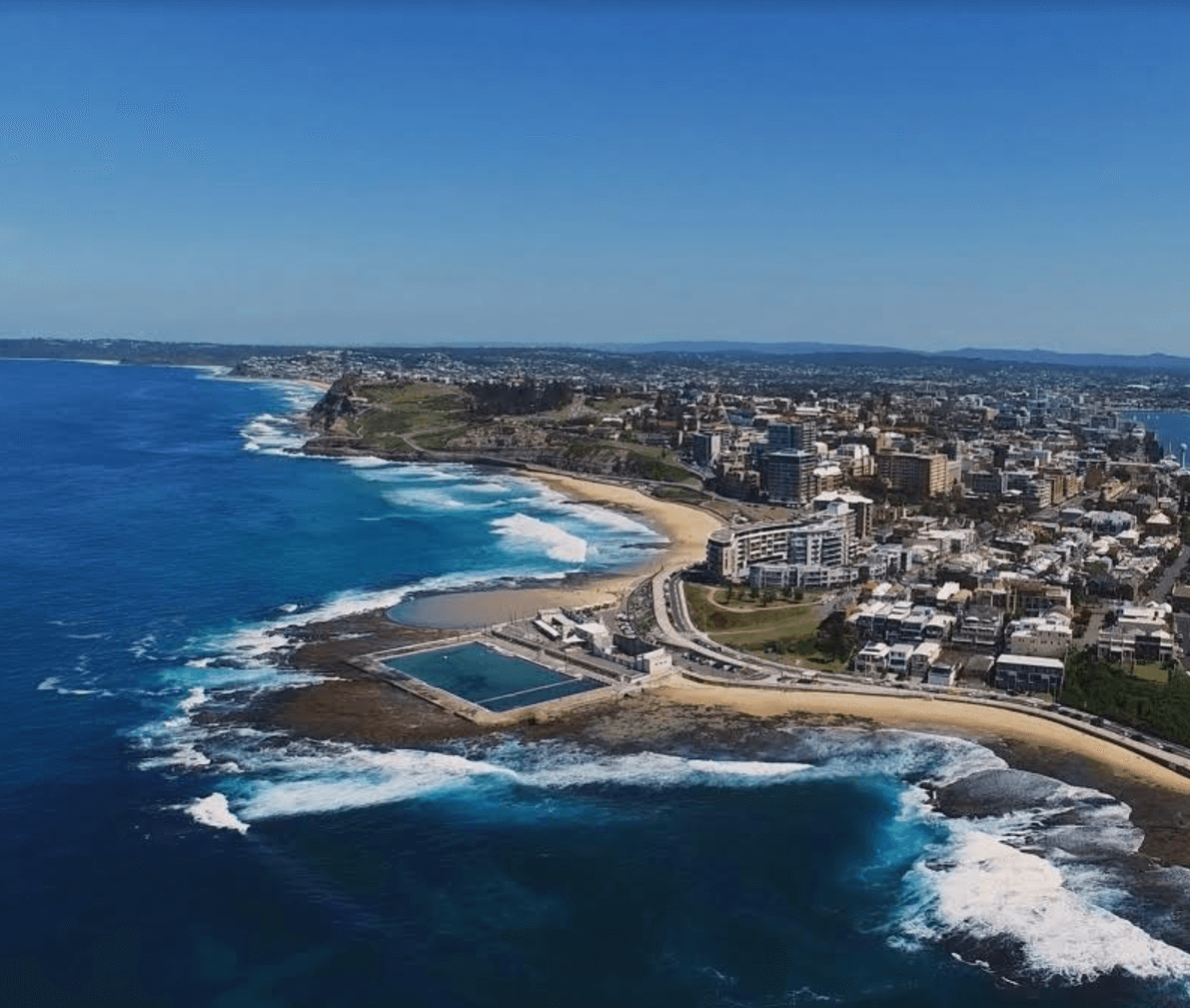
The New South Wales government has invited applications from offshore migrants under the following nomination streams:
The NSW State Government announced that offshore applicants skilled in certain ANZSCO unit groups are now eligible for NSW nomination.
Offshore candidates criteria:
If you are residing offshore, you must:
*Please note: Invitation rounds occur throughout the financial year.
Some of these identified ANZSCO unit groups include engineering managers, health and welfare service managers, production managers, primary and secondary school teachers, pharmacists, dental practitioners, midwives, registered nurses, social workers, chefs, cooks, and other professions on the PMSOL.
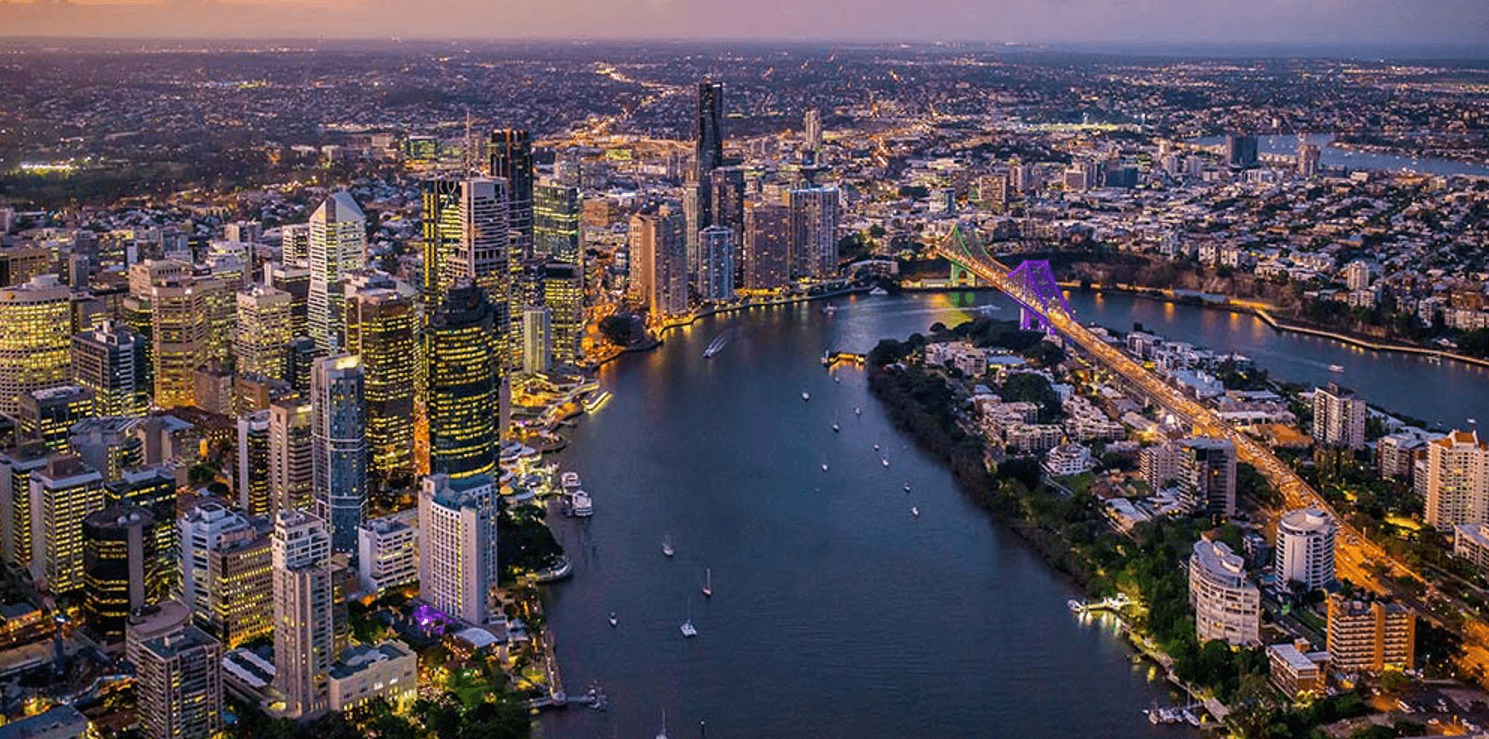
Program Status Update
The Queensland Skilled Migration Program is currently open but due to current Covid-19 restrictions this is still currently available to onshore applicants only. A review will be made at a later date to open the program for skilled workers living offshore.
For the Skilled Migration Program, Migration Queensland will currently only accept “decision-ready” applications (onshore applicants only).
The Australian Migration Bulletin will continue to update you regarding the Queensland State nomination migration program for offshore applications over the next monthly bulletins.
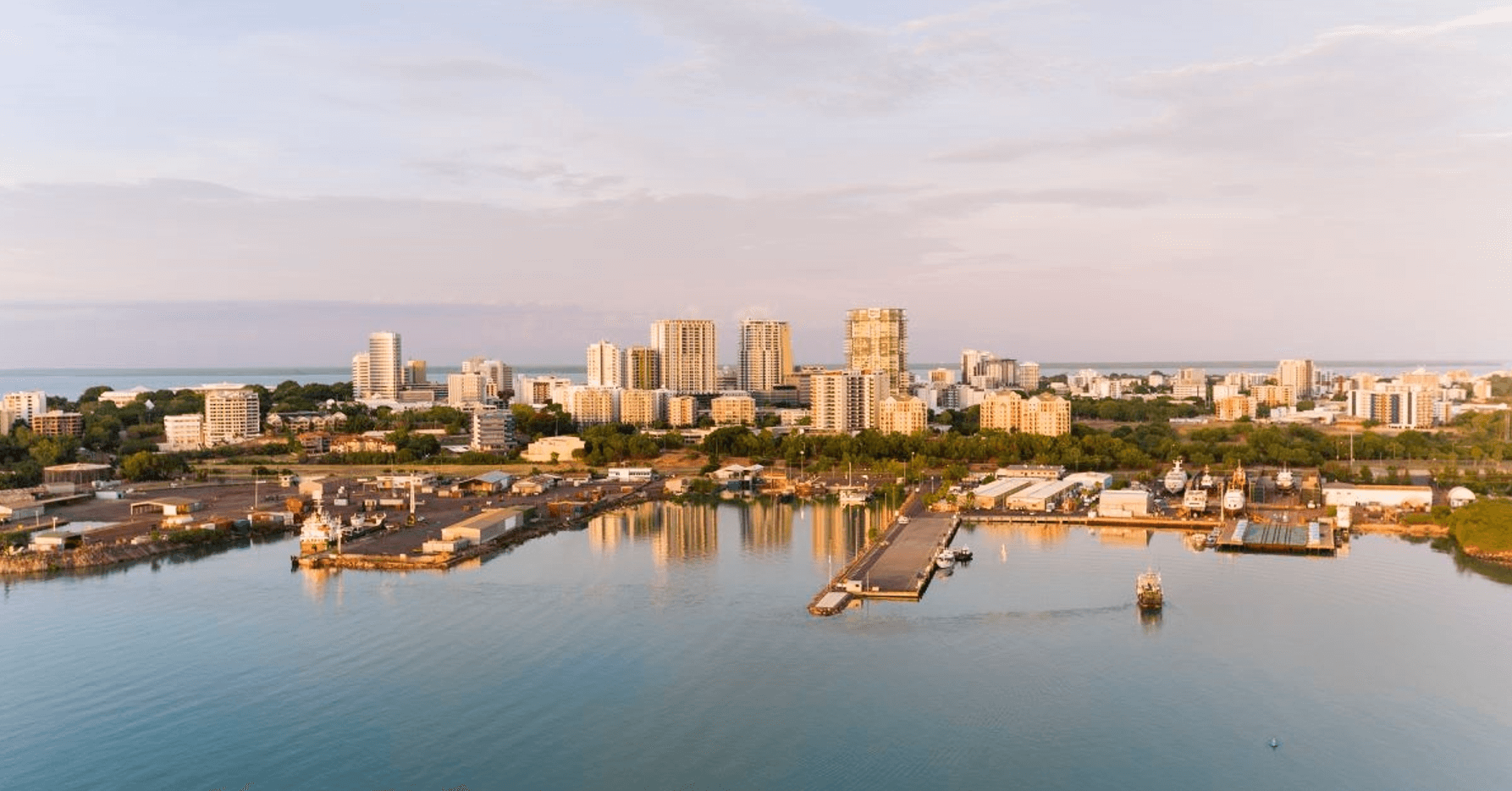
Program Status Update
The 2021-22 migration program is well underway and the Northern Territory remains open for new onshore nomination applications. Offshore applications remain currently closed due to Covid-19 restrictions.
The Australian Migration Bulletin will continue to update you regarding the Northern Territory nomination migration program for offshore applications over the next monthly bulletins.
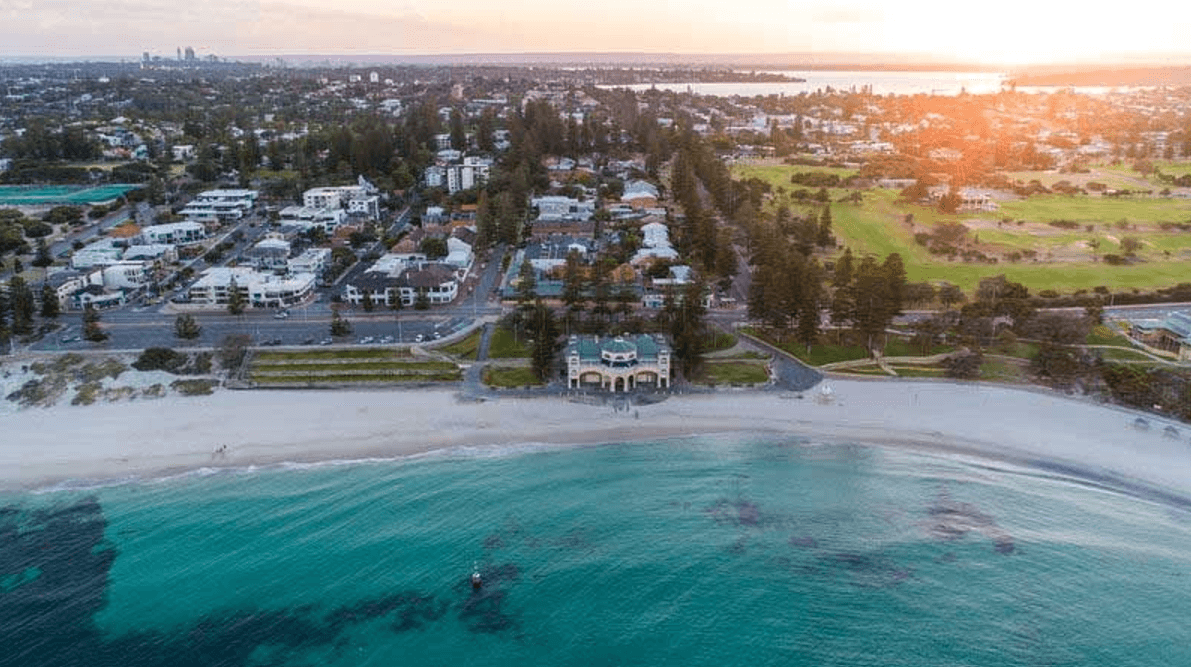
Program Status Update
The 2021-22 Western Australia migration program remains open for new onshore nomination applications. Offshore applications remain currently closed due to Covid-19 restrictions.
The Australian Migration Bulletin will continue to update you regarding the Western Australia nomination migration program for offshore applications over the next monthly bulletins.
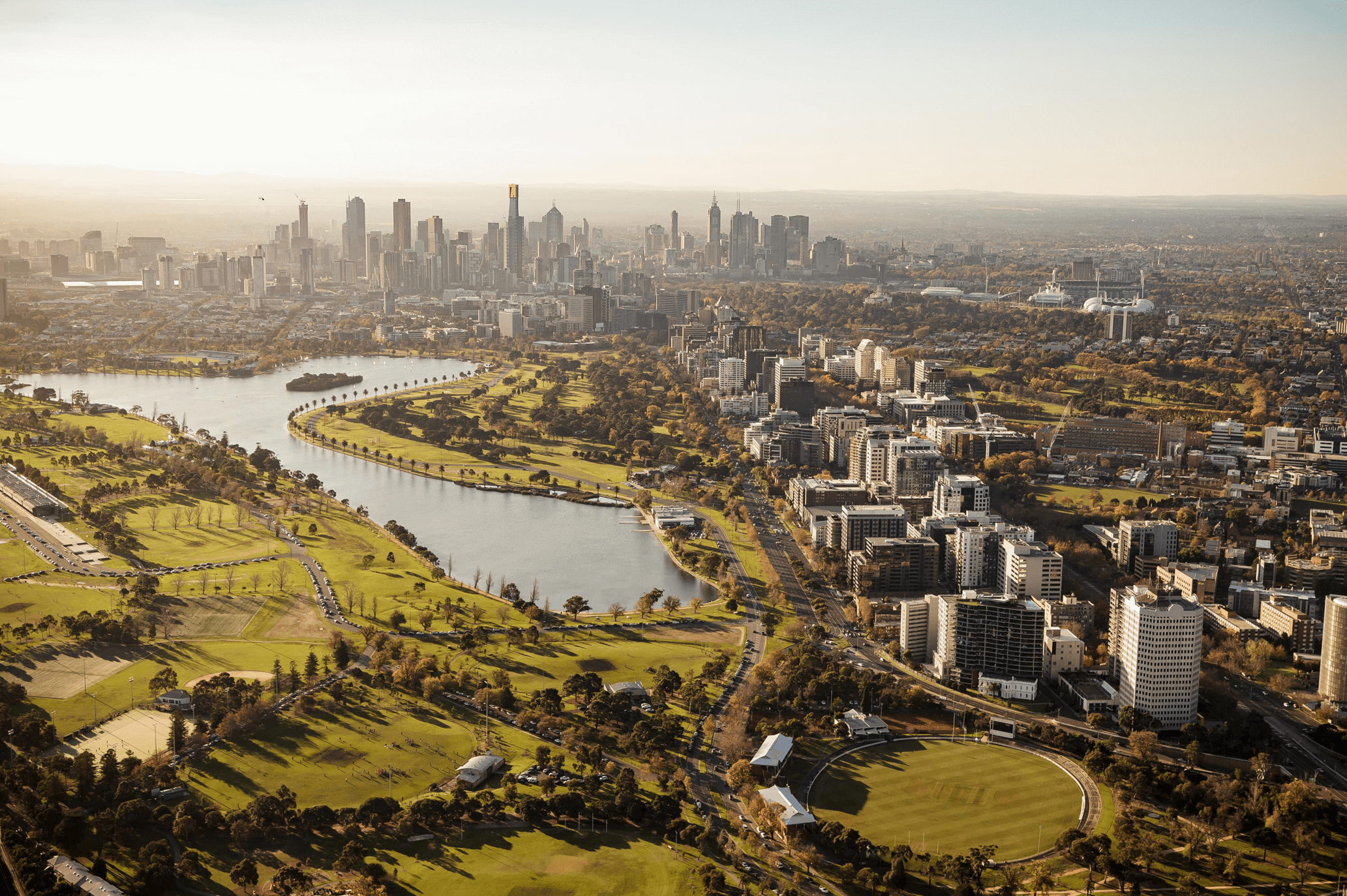
Program Status Update
The 2021-22 Victoria migration program remains open for onshore nomination applications. Offshore applications remain currently closed due to Covid-19 restrictions.
The Australian Migration Bulletin will continue to update you regarding the Victoria nomination migration program for offshore applications over the next monthly bulletins.
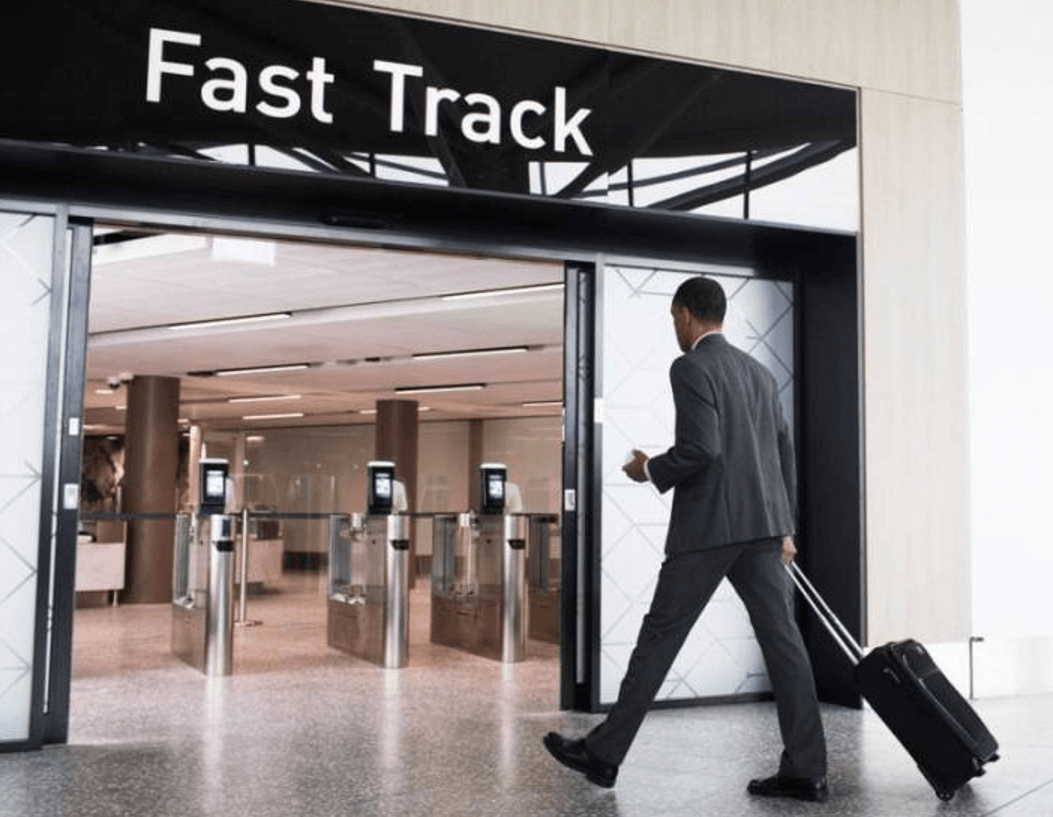
The Priority Migration Skilled Occupation List (PMSOL) identifies 44 occupations which fill critical skills needs to support Australia’s economic recovery from COVID-19. The list is based on expert advice from the National Skills Commission and consultation with Commonwealth departments.
Employer sponsored nomination and visa applications with an occupation on the PMSOL will be given priority processing. All other skilled occupation lists will remain active, but the PMSOL occupations will take priority.
The list is temporary and priority occupations may change as Australia recovers from the pandemic. The Government and the National Skills Commission will continue to monitor the impact of COVID-19 on the Australian labour market and assess Australia’s skills needs as they evolve and new sources of data emerge.
There has been no additional changes during the month of January 2022 to the Priority Migration Skilled Occupation List (PMSOL). Strengthened labour market testing will continue to allow numbers of sponsored skilled workers to migrate to Australia to fill urgent skills needs in critical sectors, helping to create Australian jobs and rebuild Australia’s economy.
As of 1st February 2022 , 44 occupations remain on the PMSOL including (ANZSCO codes):
The above 44 occupations will continue to be assessed ahead of other applications.
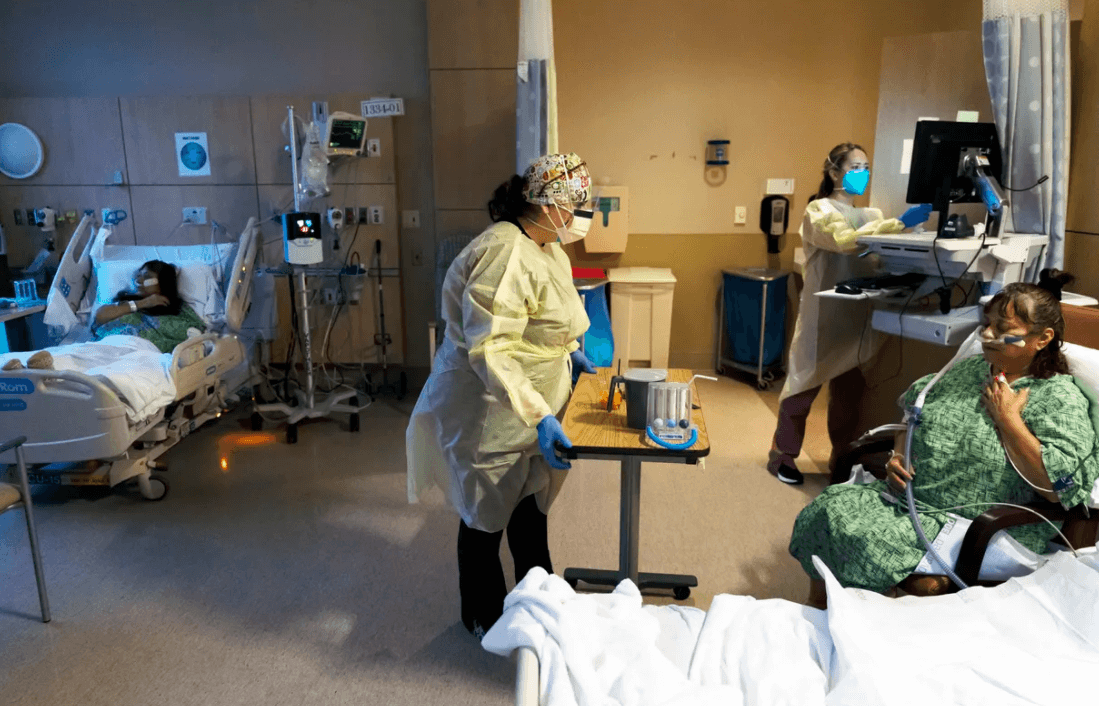
Senior business leaders across Australia say crippling workforce shortages and inability to access the right talent are by far their biggest and most immediate worries as the country’s battered labour market re-emerges from the depths of COVID-19 restrictions.
In a new survey compiling the views of more than 400 CEOs, emerging business leaders and non-executive directors, nearly two-thirds of respondents have nominated finding and retaining talent as their overwhelming concern heading into 2022 and fear the problems may persist for another three to five years.
Border closures over the past two years have been a strong factor in minimising the spread of the COVID-19 pandemic in Australia, but have left businesses across the economy “urgently requiring additional people resources”, the survey conducted by professional services firm KPMG found.
“It is clear that as Australia starts to emerge fully from the lockdowns of the last two years, having enough skilled talent to meet customer needs is the key challenge concerning all businesses,” KPMG Australia chairman Alison Kitchen said.
The closure of borders to foreign migrants during the pandemic, had caused net overseas migration to fall by nearly 100,000 people in the 12 months to the end of March 2021, the report said.
Respondents cited a lack of staff numbers and workers with specific skill sets, as well as difficulties in upskilling existing staff to “meet a more digitalised future”.
Employer representatives including the Business Council of Australia (BCA) have been calling on government leaders to stick to its reopening plan for vaccinated skilled workers, international students and working holiday-makers, saying the so-called “fortress Australia” mentality was putting a handbrake on the economy as other parts of the world reopened.
National Australia Bank chief Ross McEwan recently said bringing more talent back into Australia would be key to addressing the shortage in the coming 12 months. “Almost every employer I talk to, from cafes, tourism, agriculture, hospitals, and manufacturing, is saying ‘we can’t get workers’,” he said.
The annual KPMG survey was conducted in November 2021 before the onset of the highly contagious Omicron variant of COVID-19, which has driven daily cases across the country to record highs.
KPMG chief economist Brendan Rynne said the Omicron wave, although severe, was likely to be “short and sharp”, meaning it would have a more benign impact on the macro-economy than previous COVID-19 waves including Delta.
“You will have a little bit of a ripple effect, but it won’t be the same as what we saw in the September quarter of last year or the June quarter of the year before,” Dr Rynne said.
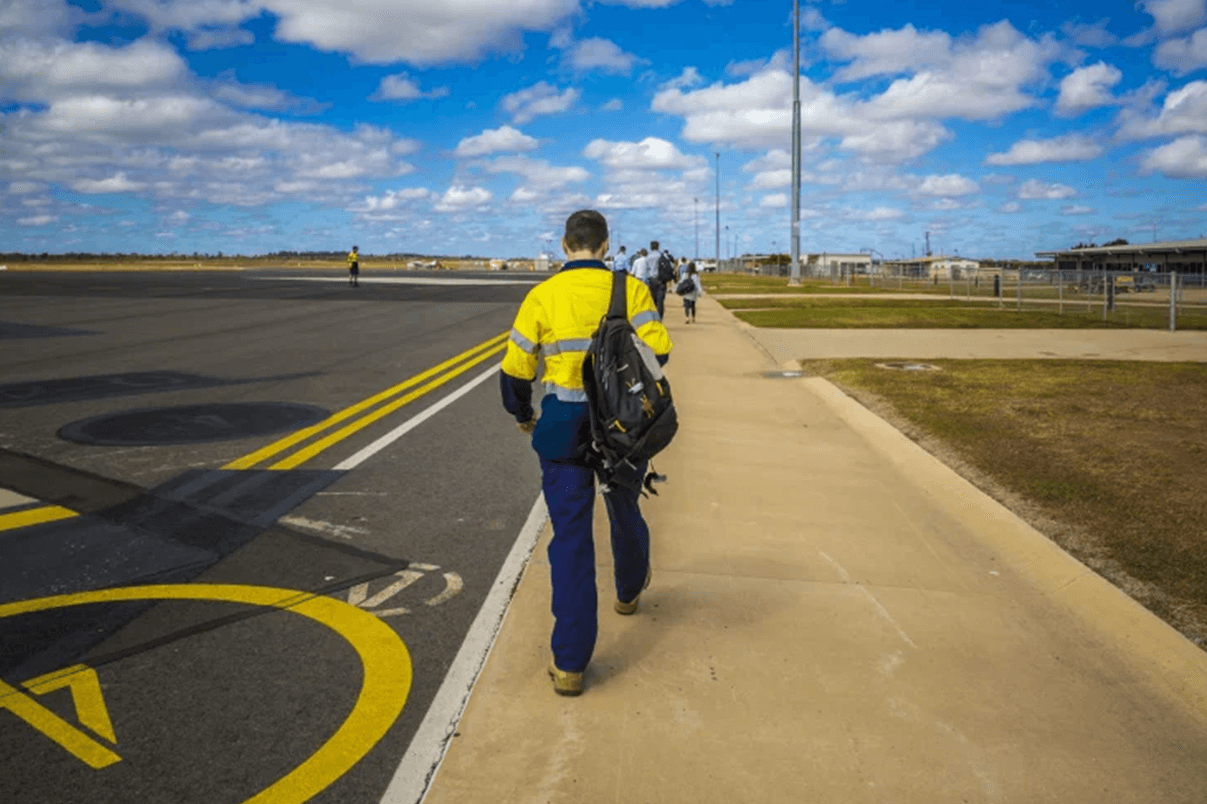
Mining companies are struggling to find workers to fill specialist roles from engineers to train drivers as COVID-19 travel restrictions between states and a collapse in skilled migration exacerbate the industry’s labour squeeze.
While mining job numbers have swelled by almost 22,000 in the past 12 months, a shortage of specialist workers has forced companies to lower production targets and now threatens to complicate the sector’s expansion just as the clean-energy revolution drives greater demand for a range of Australian metals.
In Western Australia, the world’s biggest iron ore and lithium-mining region, ongoing coronavirus-related border restrictions have reduced mobility of fly-in, fly-out staff between states. At the same time, miners are having to compete harder for skilled workers amid a government-backed construction boom on the east coast.
Top Australian miner BHP does not expect the problems to ease this year as continued investment in resources and construction collide with ongoing labour mobility restrictions.
“Like many, we are seeing constraints in labour availability and supply chain disruption across our Australian operations,” BHP head of Australian mining Edgar Basto said.
“We expect labour market tightness and competition for skills to increase in 2022.”
Rio Tinto, the nation’s second-largest miner, last year cited “modest delays” in commissioning new greenfield mines and mine-expansion projects due to WA’s tight labour market as the reason for trimming its full-year target for shipments of iron ore.
BHP told investors temporary rail labour shortages in WA had contributed to a 5 per cent drop in iron ore output in the September quarter, while lithium miner Pilbara Minerals was also facing project delays due to a labour shortage.
“There is a critical shortage in some occupations including mining engineers,” Ms Constable said. “It is positive to see various engineering occupations added to Australia’s priority skilled migration list.”
By mid-2023, WA’s mining and resources sector might need up to 40,000 more workers, according to modelling commissioned by the Chamber of Minerals and Energy WA.
The talent crunch could threaten Australian miners’ ability to meet significant future growth expected across the sector as rising urbanisation and the clean-energy revolution fuel enormous demand for raw materials.
Car makers globally are ramping up plans to build millions of electric vehicles in coming years, requiring vast quantities of ingredients such as copper and lithium mined in Australia. Demand for steel, made using iron ore, is also set to rise with the roll-out of green infrastructure including wind turbines.
“The commodities the Australian mining industry produces are essential for modern life and new technologies, and there is tremendous long-term career opportunities in the sector,” she said.
Mr Basto said both industry and government had a role to play in putting Australia in the best position to bounce back from COVID-19 “stronger, more resilient and ready to grasp new opportunities”.
Across the wider Australian economy, senior business leaders have cited workforce shortages as by far their biggest and most immediate worry as the battered labour market re-emerges from COVID-19 lockdowns.

Novak Djokovic left Australia during January.
The world number one’s bid for a record-setting 10th Australian Open men’s singles title and a record 21st grand slam singles title is in tatters at the hands of Immigration Minister Alex Hawke and the Federal Court of Australia.
His deportation on Sunday night came on the back of a battle with a government that has been responsible for some of the world’s most stringent border restrictions during the pandemic.
For when all is said and done, it is Novak Djokovic desire to march to the beat of his own drum that has cost him yet another shot at the history he so craves.
Djokovic, great as he is on the tennis court, has often clashed with science in his views on health and conventional medicine.
As the saga about his visa has played out, it was revealed that Djokovic did not heed many lessons he should have learned from the first time he contracted COVID.
That came after hosting the ill-fated Adria events during the first wave of the pandemic in June 2020.
As Europeans were dying by the thousands, particularly in Spain and Italy, Djokovic and fellow tennis pros Grigor Dimitrov and Borna Coric, among others, partied shirtless after the event. They contracted COVID.
Djokovic’s response in the aftermath was that his “intention was pure”.
At best it was an error of judgement, at worst it showed a lack of understanding about the seriousness of the pandemic for his fellow humans.
He has spoken about being sceptical of vaccines, frequently thumbed his nose at restrictions and made bizarre statements on health, including a video where Djokovic proclaims that he has seen people purify water with their minds.
On the other hand, Djokovic, the highest earner in the history of the sport, has also had a philanthropic agenda that includes the Novak Djokovic Foundation, which in 2020 bought ventilators for Serbia.
Last month he travelled to Spain unvaccinated, where, like Australia, vaccinations are required to enter.
Reports he is a resident as he bought a house there recently have not been confirmed.
He either lied to or misled Australian Border Force by claiming he had not travelled in the 14 days before coming to Australia, then blamed the error on his manager.
Then it emerged that he had met with children at a Tennis Belgrade function when he knew he was potentially infectious, before doing a L’Equipe interview after testing positive and not telling the journalist involved.
Despite his philanthropic effort, it’s easy to see the Australian government’s argument.
Djokovic’s actions show he has the potential to act recklessly or make dangerous comments on health during a pandemic, which right now is rampant in this country.
Tennis Australia has to be apportioned some of the blame for telling players that if they were granted a medical exemption for the tournament they could enter unvaccinated, despite the federal government saying otherwise.
But many players, including Rafael Nadal and Stefanos Tsitsipas, have pointed out they knew they had to be vaccinated to enter Australia, which again moves the blame back to Djokovic.
“He’s been playing by his own rules and has been doing what not many players had the guts to do, especially after the ATP announced certain criteria for players to enter the country,” Tsitsipas said earlier in the week.
“No-one really thought they could come to Australia unvaccinated and not have to follow the protocols … it takes a lot of daring to do and putting the grand slam at risk, which I don’t think many players would do.”
Fans and Djokovic’s father have tried to paint the saga as the tennis star being persecuted because he is Serbian.
But even one of his most ardent defenders in tennis circles, women’s great Martina Navratilova, said she could no longer defend Djokovic on this matter.
“The best thing for Novak to do, I think, is to just say, ‘You know what? There were too many mistakes, not OK, I’ll be the only unvaccinated player here … and the right thing to do is just go home,” Navratilova said.
However, Australia is not the only nation with vaccination entry requirements and those could again haunt Djokovic in the future.
Spain has them and the next slam down the road is the French Open where, like in Melbourne, Djokovic is the defending champion.
In Paris, another problem may loom for him.
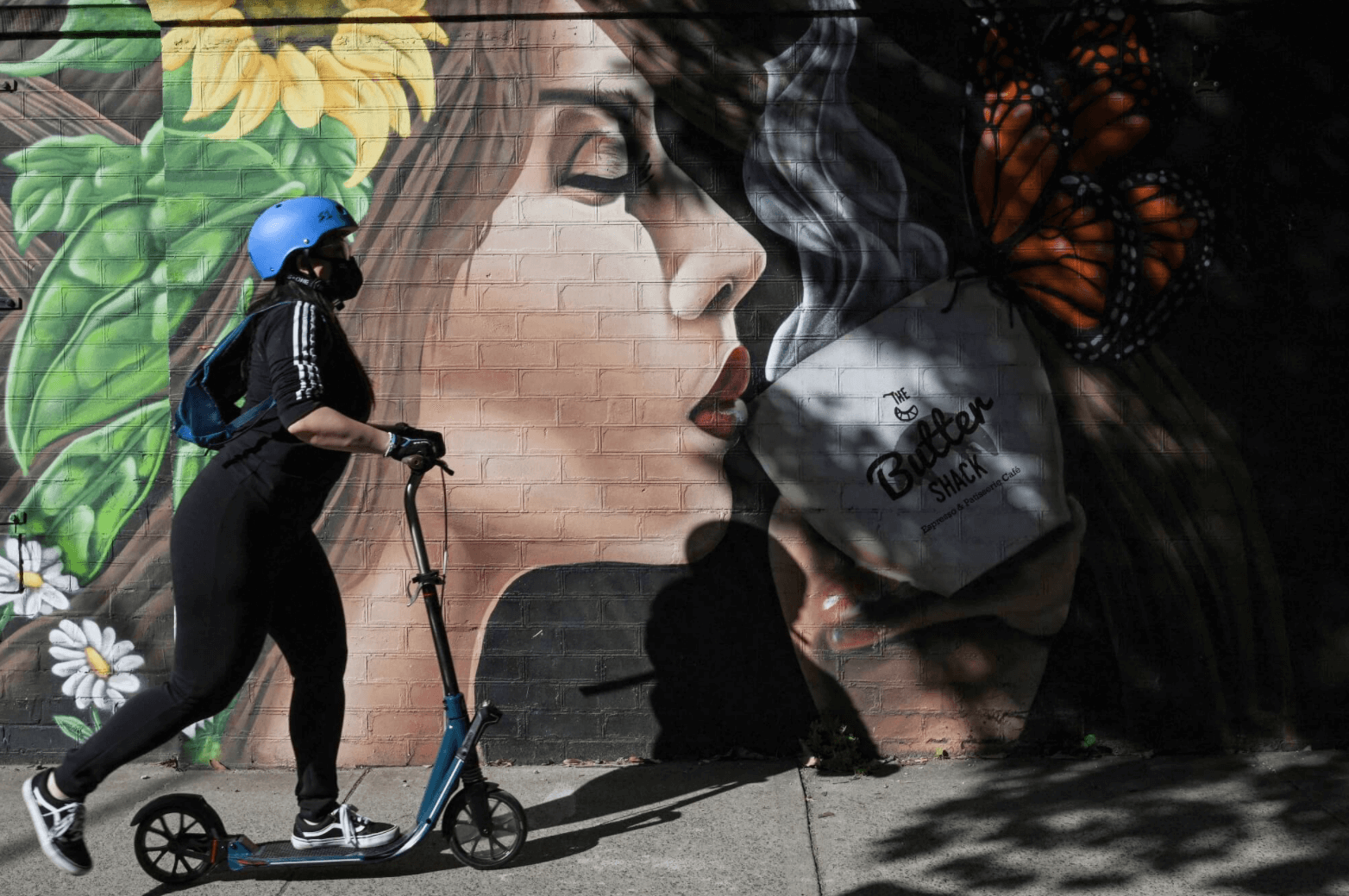
Up to 400,000 foreign students will be able to work extra hours under a temporary relaxation of visa rules to ease crippling labour shortages, amplified by the isolation of thousands of workers in response to COVID-19.
As the omicron wave disrupts commerce, fuel stations warned motorists could suffer a repeat of UK petrol shortages, unless rules on virus-related isolation and foreign student visa holders were loosened to alleviate staff absentee rates of up to 40 per cent.
Foreign students will have their 40-hour-a-fortnight working cap lifted in affected sectors, under a plan Prime Minister Scott Morrison will take to state and territory leaders at a recent national cabinet meeting.
Isolation rules for close contacts in trucking, aviation and logistics are set to be eased, moving the sectors in line with lighter rules already flagged for food and grocery distribution workers who are asymptomatic and rapid test negative.
Some 20 per cent to 50 per cent of trucking and logistics workers have been forced to isolate according to government consultations with industry, exacerbating shortages of groceries at supermarkets and other stores.
The national supermarket chain ‘Coles’ reimposed buying limits on toilet paper and essential medicines such as paracetamol, amid panic buying.
Mr Morrison will press states to remove the requirement for truckies to provide proof of a negative rapid antigen test to cross some state borders.
The Commonwealth is finalising a list of essential services with advice from health officials about which workers should face less strict isolation rules, with healthcare, aged care, childcare and construction under deliberation.
Even before the omicron virus surge fuelled labour shortages, businesses had been trying to hire almost 400,000 workers to fill vacant positions.
Job vacancies rose 18.5 per cent to hit a record of 396,100 in the three months to November 30 as employers embarked on a hiring spree at the end of the delta lockdowns in NSW, Victoria and the ACT, the Australian Bureau of Statistics reported.
One of Victoria’s largest home builders, AHB Group, recently said about one in four staff had been forced off construction sites due to close contact with a virus-infected person or contracting COVID-19 themselves.
AHB director Pas Garofalo said builders were “stealing staff from each other” and having problems sourcing construction materials due to scarce labour and supply chain disruptions.
Master Builders Australia chief executive Denita Wawn called on the national cabinet to implement measures as broadly and quickly as possible.
“As a country we cannot go for a third year like this, we must avoid a situation where our response to the pandemic amplifies its worst economic impacts,” she said.
Business groups in emergency talks with government ministers have pressed to increase the cap on the permitted working hours of foreign students.
The government has agreed to a proposal to increase the 40-hour a fortnight cap for foreign students while they are studying, with it likely to be doubled to 80 hours a fortnight or the equivalent of 40 hours a week.
Hospitality and agriculture were granted similar concessions for foreign visa holders last year, to overcome the closure of the international border that exacerbated a shortage of workers.
Australasian Association of Convenience Stores chief executive Theo Foukkare said workplace rules needed to be eased for workers in a wider range of industries beyond food and grocery distribution.
“Our members have had to close stores and reduce trading hours and the concern is it’s going to get a lot worse over the next month,” he said.
“People can’t buy fuel if we don’t have staff to transact.”
“We want to use the existing staff here up to 40 hours a week and them not to be penalised for breaching their student visa requirements.”
Fuel stations and convenience stores such as 7-Eleven often employ foreign students.
There were 395,186 international students enrolled in Australian courses on October 1, with about 70 per cent of the students located in Australia.
The international border reopened on December 15 for more foreign students to return.
Minister for Families and Social Services Anne Ruston also urged unemployed people and retired workers to help fill the temporary workforce shortages caused by the rapidly spreading omicron variant.
Another idea put forward by industry in a meeting with Senator Ruston was to increase the number of hours welfare recipients could work without losing their government benefits.
This could allow pensioners and parents receiving family tax benefits to increase their working hours to fill skills shortages.
However, a government source said this would likely require legislation approval by the Parliament.
Foreign student visa holders are permitted to work a maximum of 40 hours per fortnight (equal to 20 hours a week) when their course is in session, and unlimited hours when their course is out of session.
They cannot work until they have commenced their course in Australia.
Family members who are listed as secondary visa holders on the primary student visa must not start work until the primary student visa holder has started their course.
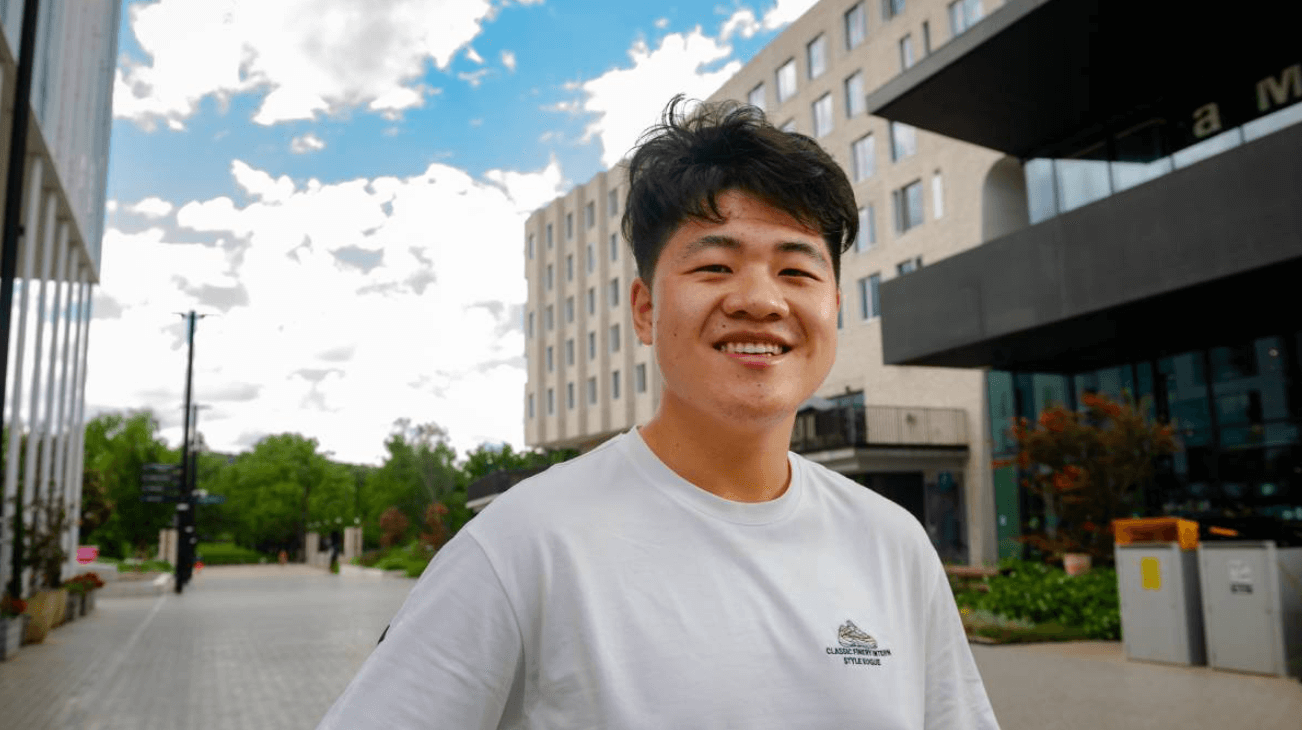
A small group of more than 20 international students arrived in Canberra this week ahead of what many are hoping will be the staggered return of life back to campuses nearly two years into the pandemic.
The students, all of which are continuing their studies started before or during the COVID-19 pandemic, were welcomed back by the Australian National University and University of Canberra as part of a pilot program between ACT and NSW.
Flights had been scheduled for December last year but were pushed back after the Omicron variant quickly began spreading around the globe.
Xiaotian Liu had planned to arrive in Canberra two years ago to complete the final semester of his undergraduate degree at ANU.
But the unforeseen pandemic swept through his home country of China, and the rest of the world soon after, meaning he was forced to stay put in Beijing and attempt online studies.
Despite only arriving less than a week ago, he’s already began racing around to prepare for the next two years of his new life.
“This is a really busy week for me. I need to do a lot,” he said.
“I need to open a bank account and buy a SIM card and explore [my] accommodation.
“It’s totally a new kind of lifestyle for me so I’m really excited.”
Xiaotian is one of 17 ANU students and six University of Canberra students who arrived on a flight from China over the weekend with more expected to join in the months before the semester begins.
University of Canberra’s deputy vice-chancellor Professor Geoff Crisp said there were around 600 international students who remained overseas and were first on the list to be brought to campus.
“We want the students back because it’s not just the educational things they do,” he said.
“It’s also the connections they make and the social interactions that they have as well, which is obviously very important.”
An ANU spokesperson would not say how many international students were expected to enrol in the first semester but added there were applications coming from 131 countries, offering a promising outlook for the year.
“The diversity that they bring to our student population, and also to our culture here, is incredibly good for Canberra,” Professor Crisp said.
Xiaotian said he had already completed one semester online and had made some good friends despite the limitations of remote learning.
Now that he had arrived on campus, he was eager to see the people behind those screens he had worked with for months.
“I made some my friends who [are] from Australia, from America, and from India, and I have a really good friendship with them,” he said.
“I can’t wait to meet them as soon as possible.”
But before Xiaotian worries about making plans with his new friends when they arrive in the coming weeks, he says he needs to do something about Canberra’s weather after arriving from freezing Beijing.
“I need to buy sunscreen because, wow, the sun is really strong,” he said.

The victory in Hobart extended the Australian men’s cricket side’s winning streak in home Ashes Tests to 13! Hobart, Tasmania. January 2022

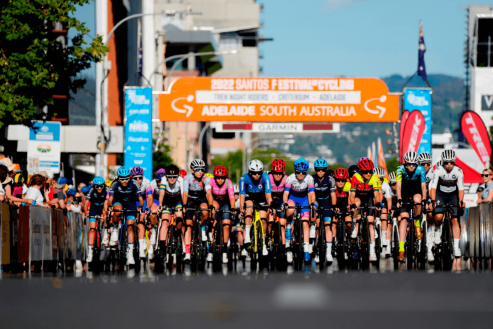
Georgia Baker wins women’s criterium at Santos Festival of Cycling. Adelaide, South Australia. January 2022.
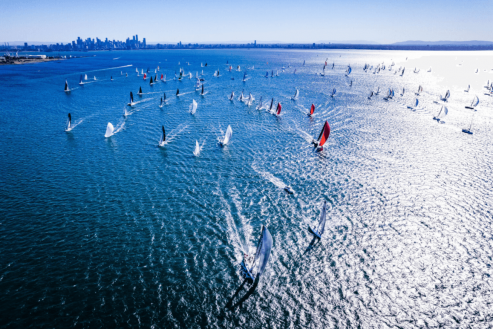
Extasea Seals Victory At 2022 Melbourne To Geelong Passage Race. Victoria. January 2022
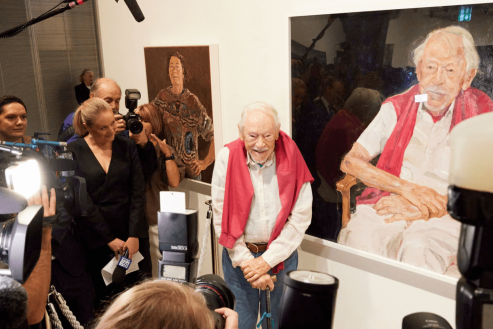
Archibald Prize 2022 tour reaches Grafton Regional Gallery. Grafton, NSW. January 2022
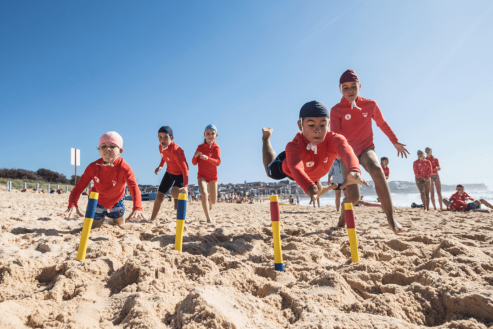
Little Nippers having fun while learning surf awareness. Maroubra, NSW. January 2022
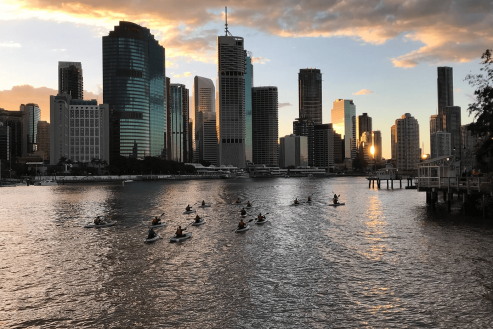
Friends going for an afternoon city paddle down Brisbane River. Brisbane, Queensland. January 2022
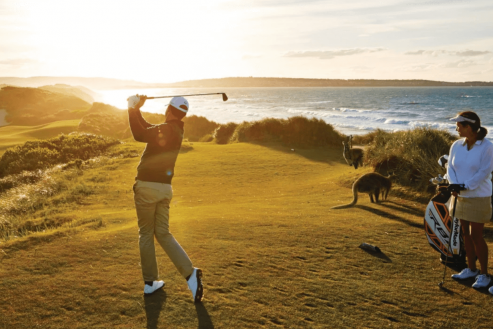
An afternoon hit of golf with some kangaroo spectators. NSW. January 2022
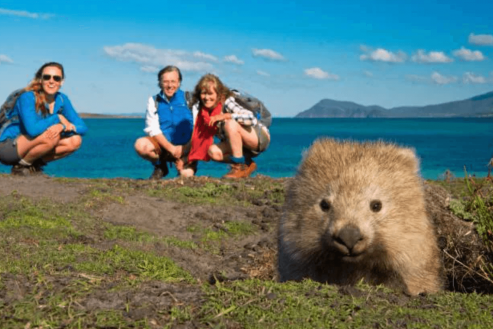
A common wombat taking a morning walk. Maria Island, Tasmania. January 2022
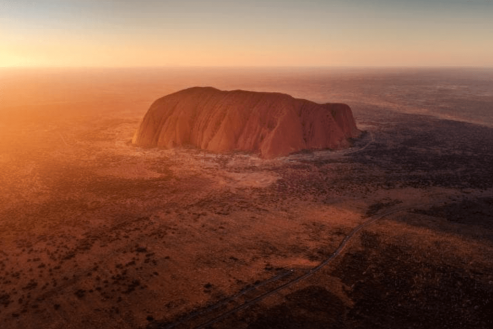
‘Uluru’ at sunrise, ‘the heart of Australia’. Northern Territory. January 2022
As legislation and travel requirements are constantly changing, we strongly recommend obtaining advice on your individual situation from a Registered Migration Agent. Please click here to book a consultation with one of our Registered Australian Migration Agents, located in Australia.






You can manage your membership and billing method by clicking here
Terms of Service
Privacy Policy
Copyright © 2024 Office of Immigration Australia, a private company registered in Australia. All Rights Reserved.